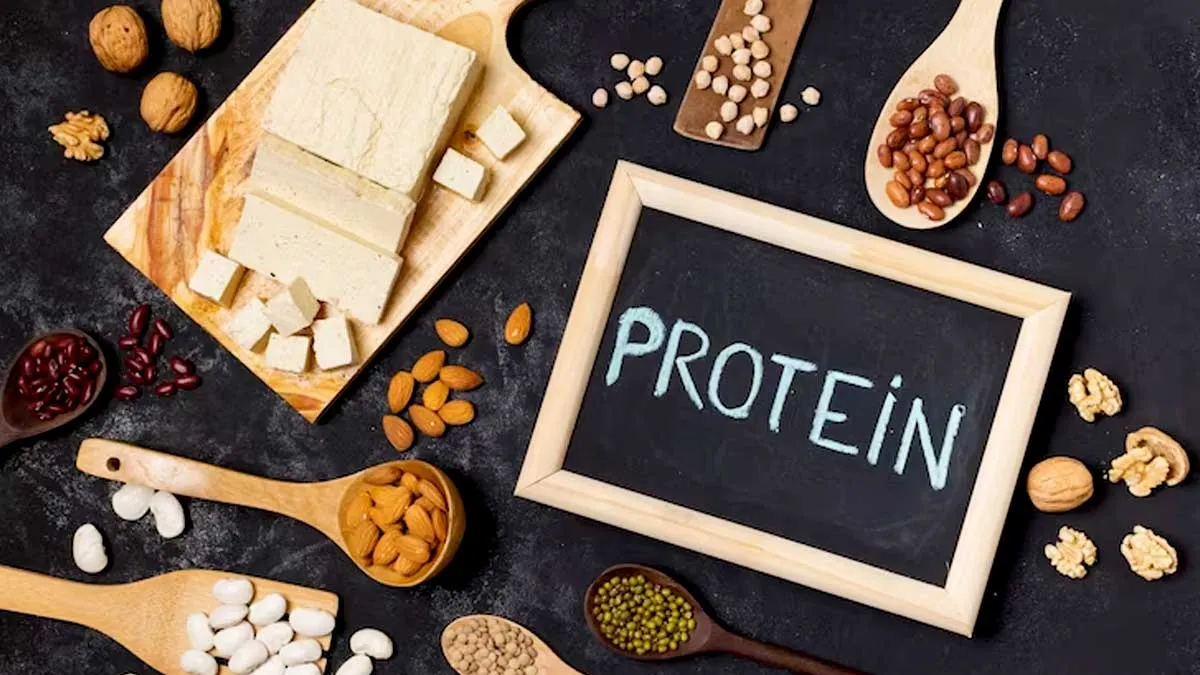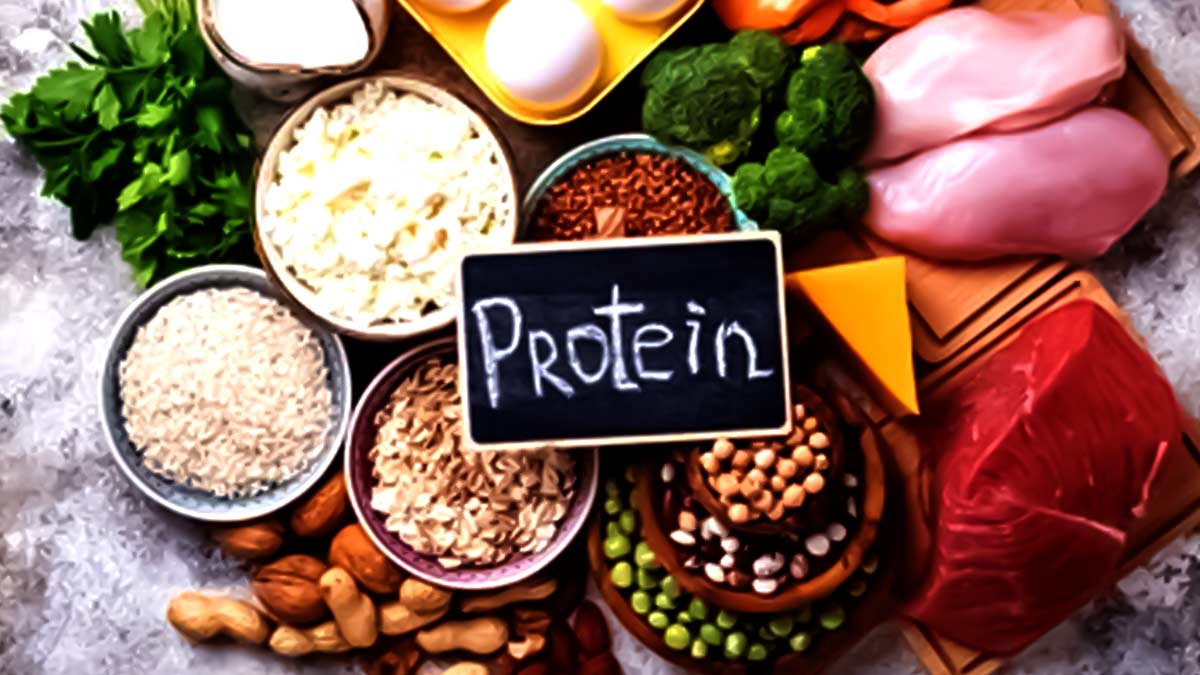
Over the last couple of months, the One Meal a Day (OMAD) diet has gained popularity for its simplicity and potential benefits, including weight loss, improved metabolic health, and better insulin sensitivity. However, balancing nutrition within a single meal can be challenging. If you're following the OMAD diet, one crucial component to include is protein, which is known to be the cornerstone of a well-rounded, satiating, and nourishing meal.
Table of Content:-
Why Protein Is Essential in an OMAD Diet
Protein plays a vital role in maintaining muscle mass, supporting metabolism, and promoting overall health. Since OMAD involves prolonged fasting periods, it’s crucial to ensure that your meal is nutrient-dense, and protein is a non-negotiable element.
Here’s why protein should be a priority:
Muscle Preservation: With extended fasting, your body might turn to muscle for energy. Consuming adequate protein prevents muscle breakdown and supports repair and growth.
Satiety and Appetite Control: Protein increases feelings of fullness, helping to curb cravings and prevent overeating in subsequent meals or snack binges.
Metabolic Boost: Digesting protein burns more calories than carbs or fats due to its high thermic effect, supporting a higher metabolism.
Hormonal Balance: Protein aids in producing essential hormones and enzymes, including those needed for digestion and metabolism.

Also Read: Eye Infection Is Common in Summer: These Tips Will Keep Your Eyes Infection-Free
Best Protein Sources for Your OMAD Meal
To optimise your one meal for balanced nutrition, consider incorporating high-quality protein sources such as:
Lean Meats: Chicken breast, turkey, and lean cuts of beef
Fatty Fish: Salmon, mackerel, and sardines (rich in Omega-3s)
Eggs: A complete protein packed with essential amino acids
Plant-Based Proteins: Lentils, quinoa, chickpeas, and tofu for vegetarian and vegan options
Dairy and Dairy Alternatives: Greek yoghurt, cottage cheese, and fortified plant-based milk
Nuts and Seeds: Almonds, chia seeds, and hemp seeds for additional fibre and healthy fats

Also Read: Eye Infection Is Common in Summer: These Tips Will Keep Your Eyes Infection-Free
How to Structure a Well-Balanced OMAD Meal
Your OMAD meal should not only be high in protein but also include other macronutrients and micronutrients for optimal health. Here’s an ideal structure:
Protein Source: Choose one or more from the list above (aim for 30-50g of protein per meal).
Healthy Fats: Avocados, olive oil, nuts, and seeds to support brain health and satiety.
Fibre-Rich Carbs: Whole grains, legumes, and vegetables to aid digestion and provide sustained energy.
Hydration and Electrolytes: Drink plenty of water and include electrolyte-rich foods like leafy greens and bone broth to stay hydrated.
Bottomline
The OMAD diet can be an effective approach for weight management and overall health, but without the right nutrients, it can lead to deficiencies. Prioritising protein ensures muscle maintenance, satiety, and metabolic efficiency, making your one meal truly count. By incorporating high-quality protein sources along with healthy fats and fibre, you can create a balanced meal that fuels your body for the day ahead.
[Disclaimer: This article is just for informational purposes, and if you’re considering OMAD, consult a nutritionist or dietitian who can help tailor your meal plan to meet your specific dietary needs.]
Also watch this video
Read Next
What Is Aam Jhora? Expert Shares Benefits Of The Traditional Mango Drink That Fights Heatstroke
How we keep this article up to date:
We work with experts and keep a close eye on the latest in health and wellness. Whenever there is a new research or helpful information, we update our articles with accurate and useful advice.
Current Version